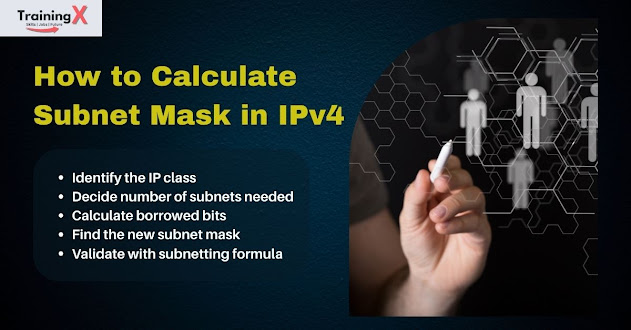How to Calculate Subnet Mask in IPv4

Struggling to make sense of subnet masks in IPv4? You’re not alone. Many beginners and even professionals find breaking down binary math and CIDR notations confusing. The problem often lies in not understanding how IP classes, host bits, and subnetting formulas work together. Without this clarity, setting up networks becomes prone to errors and inefficiencies. But the solution is simpler than it seems. In this blog, we’ll walk you through how to calculate the subnet mask in IPv4 with easy steps, examples, and tips to master it confidently. What is IPv4? IPv4, or Internet Protocol version 4, is the most widely used protocol for assigning unique addresses to devices on a network. It uses a 32-bit numeric system, creating over 4 billion possible addresses. Written in a dotted decimal format like 172.16.254.1 , IPv4 enables devices to locate and communicate with each other across networks and the internet. What is a Subnet? A subnet is just a smaller part of a larger network. Think of it l...
